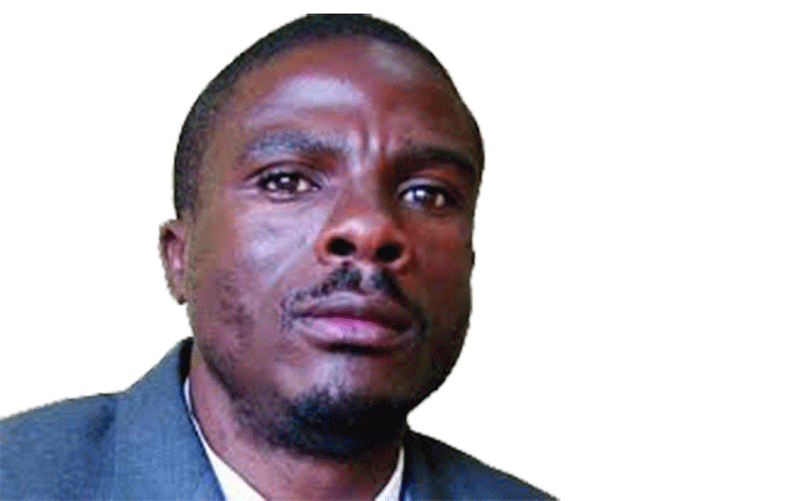
"Magodi azakumbika paka tikabhambe mabhonzo abantu!" (With the state of these potholes we'll end up coming across human bones) goes the Hwange street lingo describing the escalating pothole menace at Hwánge bus terminus.
The terminus is one of the best in Matabelend North province whose uniqueness is unmatched due to its location on a disused graveyard.
Yours Truly wrote a piece a few weeks ago in this particular column on how this bus station was located in the middle of a cemetry with residents and the travelling public giving the whole programme a thumbs up.
Despite reported strange happenings in and around the terminus especially at night, Yours Truly has on numerous nocturnal occasions visited the place trying to establish several reported myths about the area.
More on the 'findings' in the next column as the gist of this week's column is mainly centred on a follow up on popular J Section in the then Wankie's high density areas that was prominent in terms of 'imported' migrant ladies in the quest for increased coal production.
To the uninitiated, during the pre-indendence era, the then Wankie town was mainly known for producing coal that was the mainstay of the country's economic development.
Ndola, in neighbouring Zambia, was the home to copper mining while South Africa's Witwatersrand was popular in gold exploration and mining.
It was during this period where some major mining companies in the then Rhodesia also embarked on major labour recruitment drives from foreign countries such as then Portuguese East Africa (Mozambique), Nyasaland (Malawi), Tanganyika (Tanzania), Southern Rhodesia (Zimbabwe), Belgian Congo (Democratic Republic of Congo) and Northern Rhodesia (Zambia) among others.
- Global agency downgrades Zimbabwe’s growth projections
- Sudan Darfur crisis: ICC to try war crimes suspect
- Zim to get Malawi maize this monthend
- Global agency downgrades Zimbabwe’s growth projections
Keep Reading
And it was also during this particular period where Hwange's single roomed houses popularly known as J Section came into being as they were specifically designed and constructed to accomodate single unemployed ladies 'recruited' from Wenela feeder countries.
Wenela is the acronym for Witwatersrand Native Labour Association that was a body responsible for recruiting workers for most mines in South Africa.
These ladies were offered sumptuous food provisions by the coal mining company on a monthly basis as part of their contract arrangement.
In other words, this particular section was specifically meant for sexual gratification in efforts to limit migrant workers from 'regularly' visiting their countries of origin on the pretext of family reunion or engangement.
It is reported that most migrant workers would not bother coming back to work upon being accorded an opportunity to temporarily visit their countries of origin.
The coming on board of J Section housing scheme proved to be a panacea as this brought a halt to a deluge of so-called 'off days' request.
However, it seems this practice was not limited to Lwendulu high density suburb but to 'selected' compounds.
For the record, during that particular time, the mine was composed of five compounds (nkomponi/komboni) namely Lwendulu popularly known as Number 1, Sinderella (Number 1 North) Madumabisa (Number 2), Makwika (Number 3) and Lusumbami also known as Number Five.
It is said other imported ladies were somehow later sent to Makwika due to its proximity to Number 3 underground mine, which during that time was the mainstay of quality coal and was also the nucleus of many migrant workers.
This neccessitated the special 'rearrangement' of J ection inhabitants to Number 3 compound in efforts to avert a potential migration to Lwendulu which was going to be detrimental to industrial relations as far as underground coal mining and production was concerned.
However, informal investigations by Yours Truly reached a dead end in trying to establish, which particular section these effervescent ladies were allocated accommodation between the 'S' Section and 'A' Section.
Yours Truly is still at sea on where they were actually settled, but the bottom line is that coal production at the underground mine grew to exponential levels following this special arrangement courtesy of the then industrial relations programmes.
Strange arrangements do happen indeed.
Till we meet again in the next column.
Comments always welcome on: dubebasill@gmail.com or Twitter@DubeBurzil










